
Turn your PDF publications into a flip-book with our unique Google optimized e-Paper software.

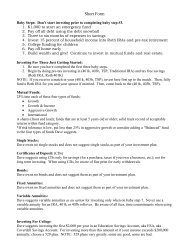
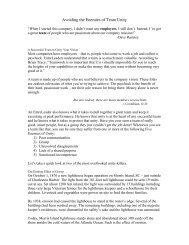
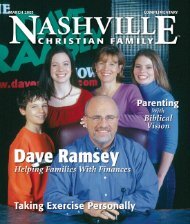
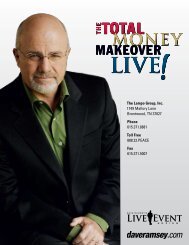

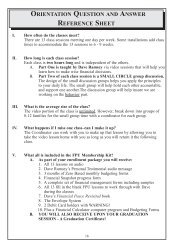
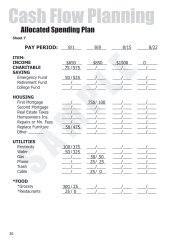
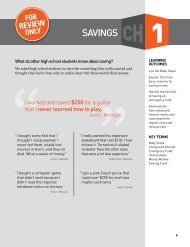
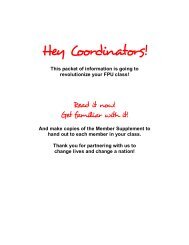
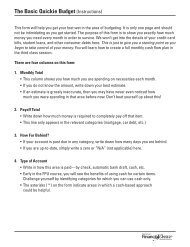


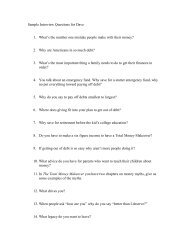
Food Transportation Charity Reality Check Food Transportation Charity Reality Check Personal Insurance Debt Envelope Housing Medical Recreation Savings Clothing Utilities Envelope Personal Insurance Debt Envelope Housing Medical Recreation Savings Clothing Utilities Envelope Monthly Cash Flow Plan Cash flows in and out each month. Make sure you tell it where to go! Yes, this budget form has a lot of lines and blanks. But that’s okay. We do that so we can list practically every expense imaginable on this form to prevent you from forgetting something. Don’t expect to put something on every line. Just use the ones that are relevant to your specific situation. step 1 Enter your monthly take-home pay in the box at the top right (A). This is the amount you have for the month to budget. So far so good, huh? A Monthly Take-Home Pay step 2 Within each main category, such as Food, there are subcategories, like Groceries. Start at the top and work your way down, filling out the Budgeted column (B) first. Add up each subcategory and put that number in the Total box (C). Also, pay attention to Dave’s recommended percentages (D). This will help you keep from budgeting too much for a category. b c d food Spent Budgeted Groceries Restaurants step 3 Finally, enter your take-home pay in the top box at the end of the page (E), then add up all e TAKE-HOME PAY categories and place that total in the Category Totals box (F). Then subtract your Category f – CATEGORY TOTALS Totals amount from your Take-Home Pay. You should have a zero balance (G). Doesn’t that G = ZERO BALANCE feel great? step 4 When the month ends, put what you actually spent in the Spent column (H). That will help you make any necessary adjustments to the next month’s budget. h food Spent Budgeted Groceries Restaurants